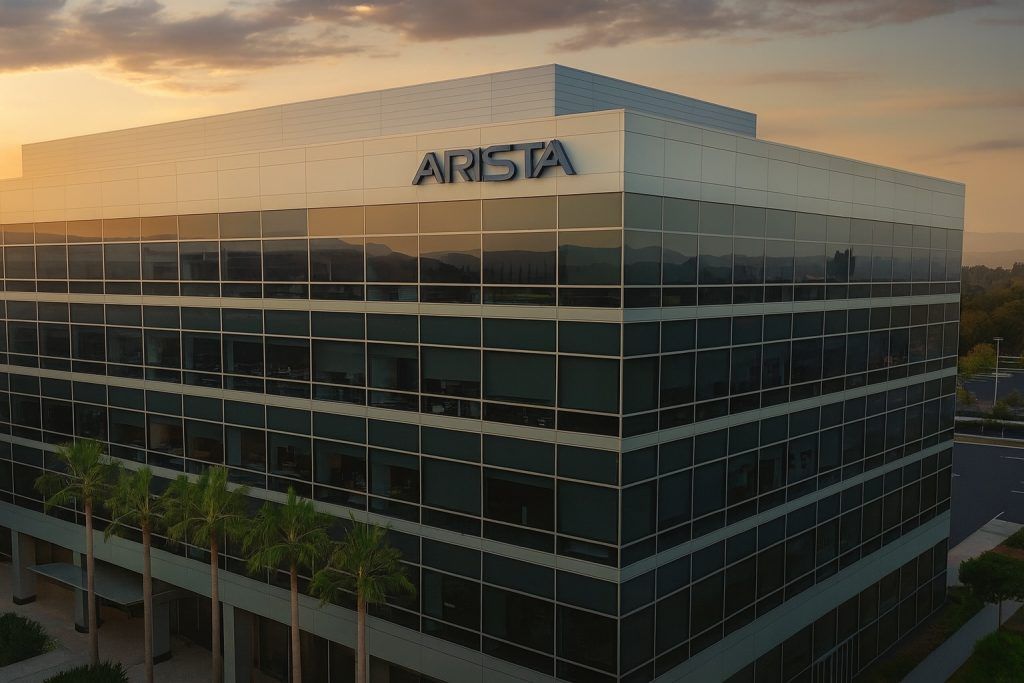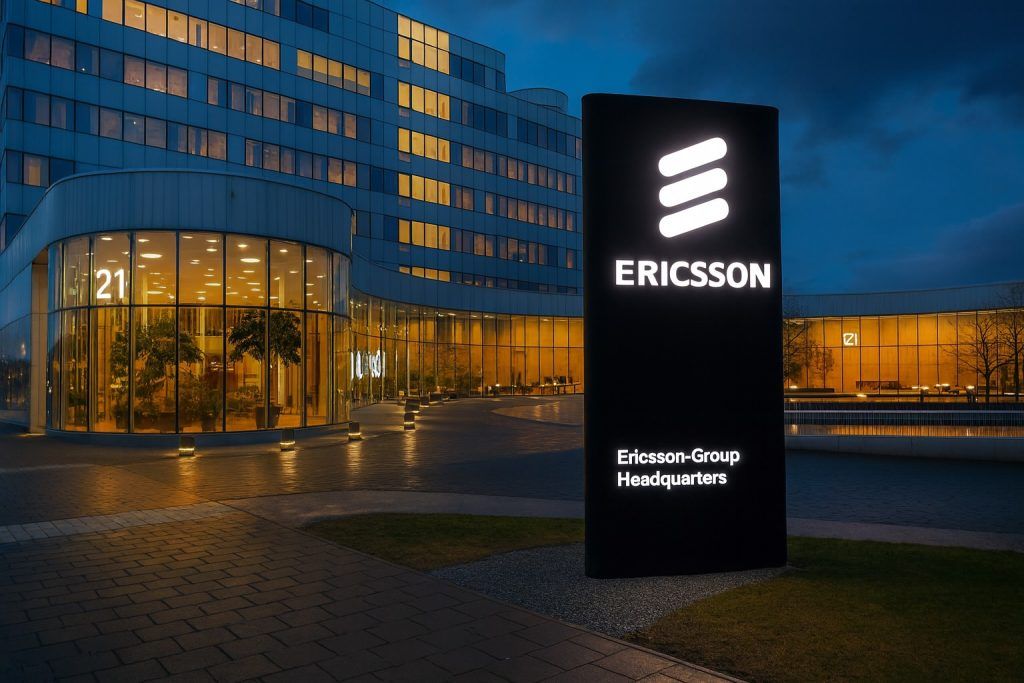- Company & Assets: Trilogy Metals Inc. (NYSE American/TSX: TMQ) is a Canadian exploration firm (50% JV with Australia’s South32) focused on Alaska’s Ambler Mining District [1]. Its Upper Kobuk projects include two major deposits – the Arctic volcanogenic copper-zinc-lead deposit and the Bornite copper-cobalt deposit – in “one of the world’s richest copper-dominant districts” [2].
- U.S. Investment (Oct 6, 2025): The U.S. Department of Defense announced a $35.6 million investment for roughly a 10% stake in Trilogy (8.215M units at C$2.17 each, plus warrants) [3]. South32 (the JV partner) will reinvest an equal $17.8M of this funding into the project [4]. Simultaneously, President Trump signed an executive order permitting the 211-mile Ambler access road – reversing a Biden-era block [5]. Trilogy’s CEO Tony Giardini hailed the deal as “a significant milestone” for securing U.S. critical minerals and said it underscores the strategic importance of Ambler [6].
- Stock Reaction: Trilogy’s stock exploded on the news. On Oct. 7 (next trading day), U.S.-listed TMQ shares spiked about 212% intraday to ~$6.52, and Canadian TMQ hit C$9.68 [7]. Trading volume surged (~200M+ shares) and market cap briefly exceeded C$1.3 billion [8]. The rally continued into mid-October, with shares trading near $10.95–$11 by Oct. 14 [9] (a multi-year high). Early investors like John Paulson’s fund (bought near $1.95) were up ~257% [10].
- Operations & Partnerships: Trilogy has no revenues (pure exploration stage) and a small team (~5 employees) [11]. It’s jointly developing Ambler through the Ambler Metals LLC JV (50/50 with South32 [12]). South32 will use half of the U.S. investment to advance Ambler. Both companies say they will deploy the funds for continued drilling, studies and environmental baseline work at Ambler [13] [14].
- Financials: In Q3 FY2025 (ended Aug. 31), Trilogy reported a net loss of $1.7 million (vs. $1.6M a year earlier) [15]. For the first nine months it lost ~$7.5M. It ended Q3 with about $23.4M cash on hand [16] (enough to fund roughly 12 months of exploration under current plans [17]). Trilogy also has a $50M shelf prospectus and a $25M “at-the-market” equity program for future financing [18].
- Challenges: The Ambler road revival is politically controversial. Thirty-eight Alaska Native communities and environmental groups (e.g. the Sierra Club) had long opposed the project, warning it could disrupt fragile caribou migrations and fish habitats [19]. The Sierra Club warns it cuts through “pristine landscapes that support tribes and wildlife” [20]. Nonetheless, federal and state officials (and Alaska’s bipartisan congressional delegation) argued the road unlocks vital mineral resources [21]. Opposition and legal challenges may continue, even as mitigation measures (like wildlife culverts) are mandated.
Trilogy Metals CEO Tony Giardini (in press release photo) described the U.S. investment as “a significant milestone” for domestic critical minerals [22]. The Oct. 6, 2025 deal has the Pentagon buying 8.215 million Trilogy units (each a share+¾ warrant) for $2.17 each [23]. Along with the funding, President Trump ordered the 211-mile Ambler access road – long debated and previously blocked – to be permitted [24] [25]. Kaleb Froehlich of Ambler Metals (the Trilogy–South32 JV) said the partnership “represents a strong vote of confidence in the Ambler Mining District” and is “a major step forward for domestic mineral development” [26]. In short, the U.S. government move removes major political/regulatory hurdles for Ambler and ties Trilogy directly into a national-security strategy of securing critical metals. [27] [28]
Stock Market Response
Trilogy’s share price reaction was unprecedented. By market open on Oct. 7, U.S.-listed TMQ was up roughly 212% (from ~$2.10 to ~$6.52) and the Toronto-listed TMQ rose about 230% [29]. Such gains were driven entirely by investor excitement over the government stake and the road permit; in after-hours trading on Oct. 6 the stock had already surged about 150% [30] [31]. Trading volume exploded (nearly 200 million shares), briefly giving Trilogy a CAD$1.3 billion market capitalization [32]. The rally carried into the following week: by Oct. 14 TMQ hit around $10.95 intraday (a 52-week high) [33] – nearly double its Oct. 7 close. Many short-term traders piled in. (For example, reports noted that a large hedge fund had bought TMQ in late Sept. and was up over 250% by Oct. 7 [34].)
However, analysts warn that the post-announcement price leap is likely pricing in best-case scenarios. Coverage of this micro-cap is sparse, and consensus ratings remain mixed-to-neutral. MarketBeat data shows only two analysts covering TMQ (a couple “Holds” with average 12-month targets near CAD$2.38, much below the new levels) [35]. BMO Capital and Cantor Fitzgerald have targets in the low-single digits, reflecting only moderate upside from here [36]. In fact, many price targets stayed in the $2–$3 range even as the stock ran past $6 [37]. “For now,” some experts note, “Trilogy’s valuation is largely based on future potential, not near-term cash flow” [38] [39]. In early Oct., an AAII report cautioned that profit-taking was already emerging and reminded investors that Trilogy still has no revenues [40].
Project Background: Trilogy’s flagship assets sit within the Ambler Mining District in northwest Alaska. Ambler Metals LLC – the JV of Trilogy and South32 – owns the Upper Kobuk Mineral Projects (UKMP) [41]. That includes two known high-grade deposits: the Arctic copper-zinc-lead volcanogenic massive sulfide (VMS) deposit, and the Bornite carbonate-hosted copper-cobalt deposit [42]. These deposits, while still undeveloped, are considered among North America’s richest copper resources. (Global broker reports note that many juniors like Trilogy trade on such future resource potential.) The 50/50 JV splits responsibility – South32 (an Australian ASX-listed miner) will now reinvest about half of the U.S. funds into advancing its share of the work [43]. Trilogy plans to use its portion for further exploration drilling, environmental baseline studies, and eventually pre-feasibility engineering at Ambler [44] [45]. The company emphasizes working with local stakeholders: for example, it has agreements with Alaska Native groups (like NANA Regional Corporation) to address subsistence and environmental concerns during development [46] [47].
Financials and Funding
Trilogy remains a pre-revenue explorer. Its Q3 2025 results (quarter ended Aug. 31) showed a net loss of $1.7M (up slightly from $1.6M a year prior) [48]. On a year-to-date basis it had lost about $7.5M. As expected for an explorer, there was no sales revenue – the costs went into drilling and studies. Importantly, Trilogy entered Q4 with roughly $23.4 million in cash and equivalents [49]. Management says this treasury (plus access to a $50M shelf and $25M ATM financing) will fund its 2026 budget and about a year of operations [50]. In other words, the company had sufficient runway before the U.S. deal. The new U.S. investment – and the fixed low strike ($0.01) warrants – greatly reduces the risk of dilution. In fact, under the deal the Defense Department will take a U.S. board seat and hold warrants exercisable only after the Ambler road is built [51], aligning all parties on securing the project’s future funding and permitting.
Analyst and Expert Commentary
Industry analysts see the government’s move as both a validation and a wild card. RBC Capital Markets noted that the U.S. backing “reduces political and regulatory uncertainty around the road/access for the Ambler Project,” adding that it “raises the likelihood of Ambler’s development” [52]. In essence, analysts agree that federal support derisks one of the biggest hurdles to Ambler – the road and permitting – though actual mine production is still years away. On the flip side, many experts warn that the stock is now pricing in very optimistic outcomes. A recent research note reminded readers that Trilogy has no existing revenue and is valued on potential alone [53]. Market observers also emphasize the volatility: junior mining stocks can surge on such news but can fall just as fast if metal prices turn or further financing is delayed. As one AAII report put it, investors should expect “profit-taking” after the initial euphoria [54].
Commodity & Policy Context
Trilogy’s story is part of a broader critical minerals boom. Copper and related metals have rallied strongly on global demand for electric vehicles, batteries and high-tech manufacturing. Currently, copper is trading around $5 per pound (about $11,000 per tonne), roughly 40% above its three-year average [55], and many forecasters see tight supplies ahead as demand outpaces new mine development [56]. Governments worldwide are treating copper, cobalt, rare earths and other minerals as strategic resources. In the U.S., the recent policy explicitly uses national-security powers to build domestic mineral supply chains. As one report notes, the Trump administration is “swapping traditional subsidies for direct equity stakes in critical industries” under the Defense Production Act [57], aiming to reduce reliance on imports (especially from China) [58]. Trilogy now joins companies like Intel, MP Materials and Lithium Americas where Washington has taken ownership stakes as part of this push. In that light, Ambler is viewed as one of the few large North American copper projects on federal soil – a potential cornerstone of U.S. energy and defense infrastructure.
Environmental and Community Issues
The Ambler project has long faced local opposition on environmental grounds. Alaska Native groups (e.g. Tanana Chiefs Conference) and NGOs have argued the road and mining could disrupt caribou herds and subsistence fisheries. The Sierra Club, for example, calls the area “pristine landscapes that support tribes and wildlife” [59]. On Oct. 6, even as the road was approved, the Tanana Chiefs Conference declared itself “deeply disappointed” and said the decision is “a direct affront to the voices of Alaska Native people” [60]. Trilogy and South32 acknowledge these concerns and have pledged to work with communities; the Trump order includes some wildlife mitigation requirements (e.g. caribou-friendly culverts) [61]. Alaska’s development authority (AIDEA) – which will build the road – also faces ongoing legal challenges. Future progress will hinge on ongoing permitting processes, litigation outcomes, and negotiation with tribal corporations.
Sources: Company announcements and filings [62] [63]; Reuters news reports [64] [65]; market research and analysis (TechStock²) [66] [67]; and expert commentary. All data current as of mid-Oct 2025.
References
1. ts2.tech, 2. ts2.tech, 3. ts2.tech, 4. ts2.tech, 5. ts2.tech, 6. trilogymetals.com, 7. ts2.tech, 8. ts2.tech, 9. www.ainvest.com, 10. ts2.tech, 11. ts2.tech, 12. ts2.tech, 13. ts2.tech, 14. ts2.tech, 15. ts2.tech, 16. ts2.tech, 17. ts2.tech, 18. ts2.tech, 19. ts2.tech, 20. ts2.tech, 21. www.reuters.com, 22. trilogymetals.com, 23. trilogymetals.com, 24. ts2.tech, 25. www.reuters.com, 26. www.reuters.com, 27. trilogymetals.com, 28. www.reuters.com, 29. ts2.tech, 30. ts2.tech, 31. ts2.tech, 32. ts2.tech, 33. www.ainvest.com, 34. ts2.tech, 35. ts2.tech, 36. ts2.tech, 37. ts2.tech, 38. ts2.tech, 39. ts2.tech, 40. ts2.tech, 41. ts2.tech, 42. ts2.tech, 43. ts2.tech, 44. ts2.tech, 45. ts2.tech, 46. ts2.tech, 47. ts2.tech, 48. ts2.tech, 49. ts2.tech, 50. ts2.tech, 51. trilogymetals.com, 52. www.reuters.com, 53. ts2.tech, 54. ts2.tech, 55. ts2.tech, 56. ts2.tech, 57. ts2.tech, 58. ts2.tech, 59. ts2.tech, 60. alaskabeacon.com, 61. ts2.tech, 62. trilogymetals.com, 63. ts2.tech, 64. www.reuters.com, 65. www.reuters.com, 66. ts2.tech, 67. ts2.tech








